|
ID |
Nickname |
Country / City |
Languages |
Taxonomies |
Comment |
Project / Group |
Map |

|
47186
|
|
United States
Honolulu
|
|
|
HC
medium: Packaging for puppy pads.
print: Block lettering over polyester bag.
message: "Ilio" means "Dog" in Hawaiian.
implied audience: Dogs, people who buy this for their dogs.
how it relates to language rights: Ilio Pet Products specializes in specialized goods for local pets in Hawaii. Easily identifiable by their name for locals to buy into.
|
Multilingual Hawaiʻi
|
|
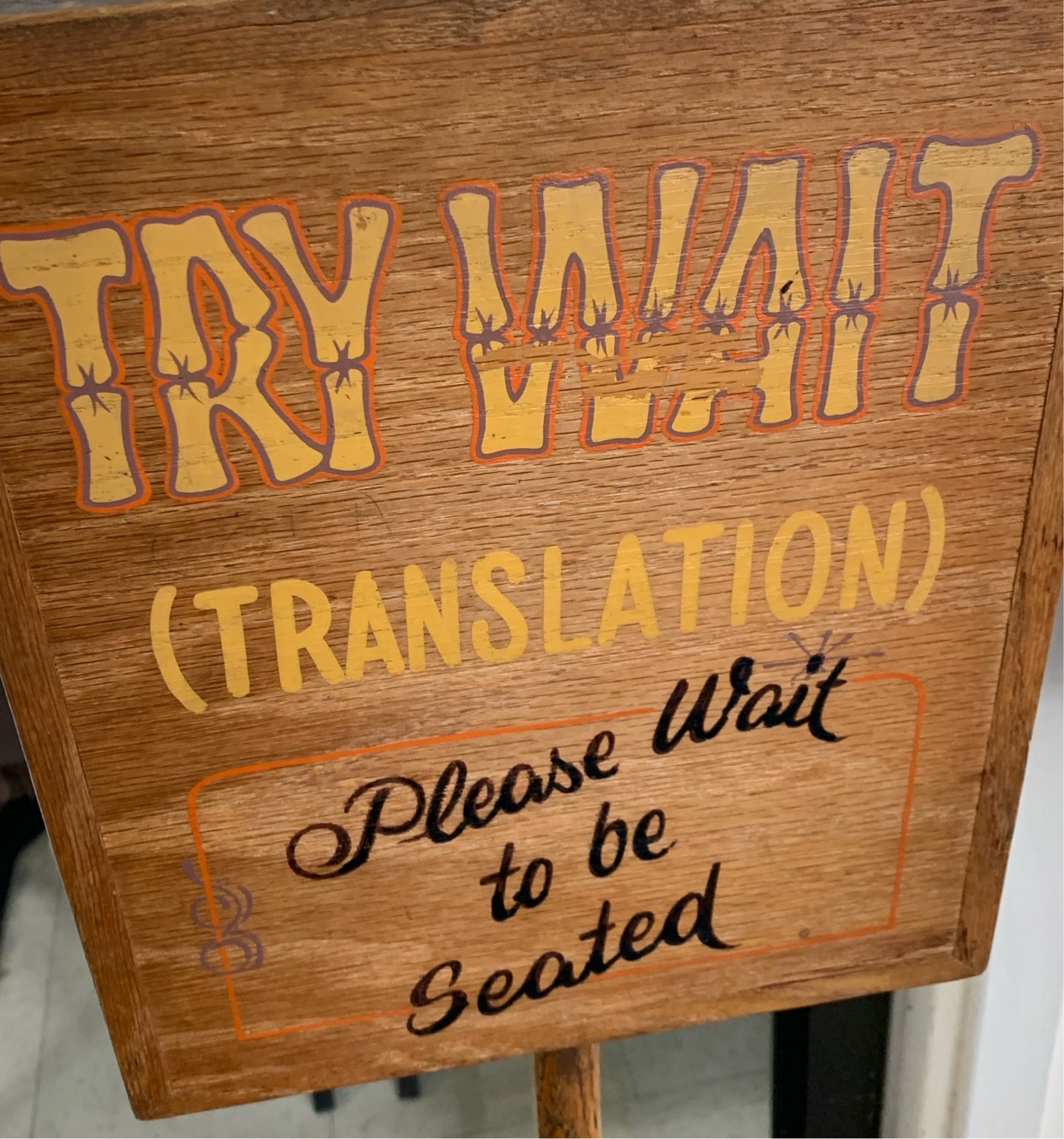
|
46163
|
|
United States
Honolulu
|
|
|
The sign in the picture has Pidgin and English, it’s on a wooden sign outside a restaurant to communicate to the patrons to have patience waiting to be seated.
-NIP
|
Multilingual Hawaiʻi
|
|
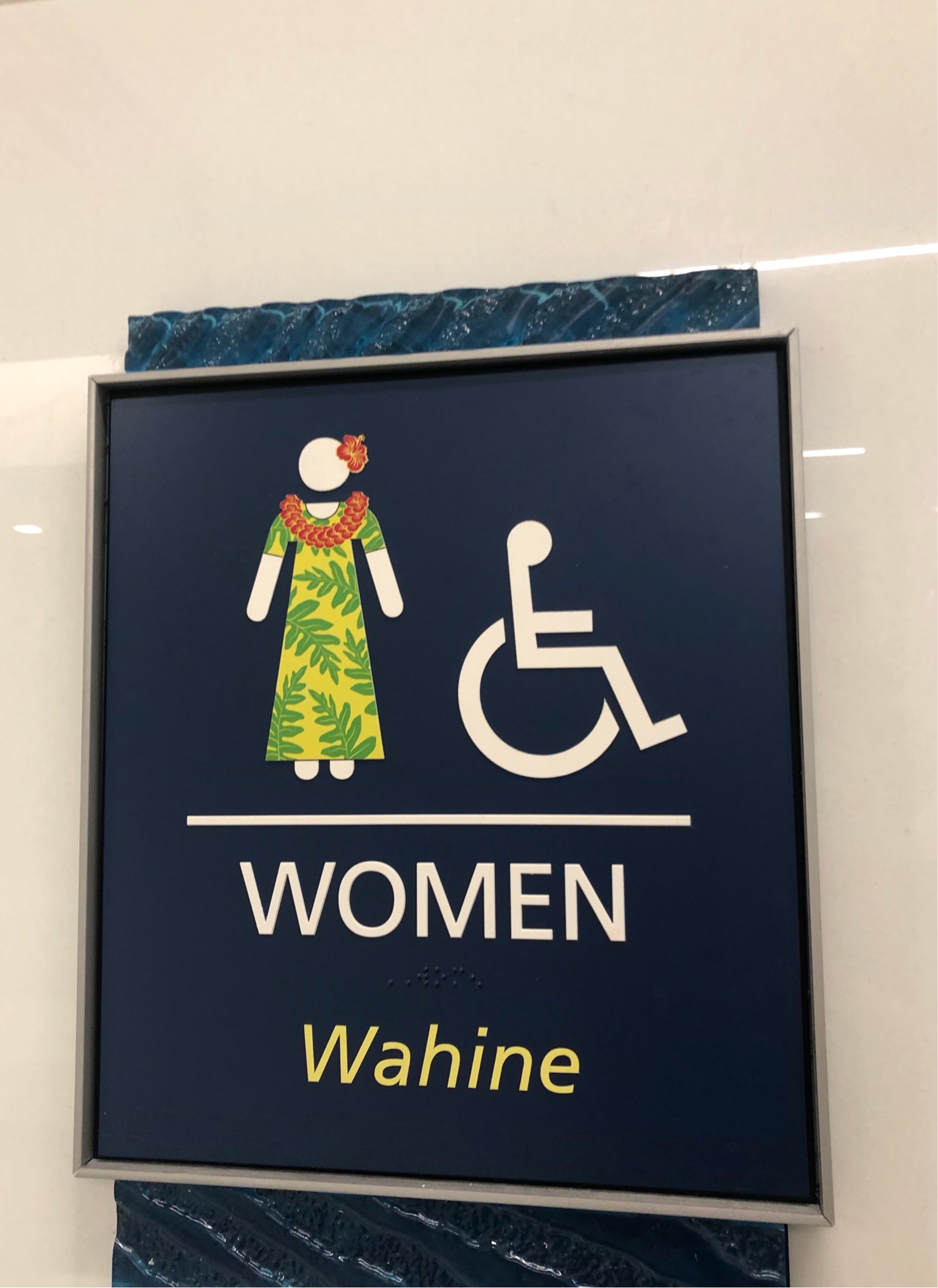
|
44116
|
|
United States
Honolulu
|
|
|
A sign at the airport for the bathroom for women. GM
|
Multilingual Hawaiʻi
|
|

|
46164
|
|
United States
Honolulu
|
|
|
The sign has hawaiian and English on it. Showing off Duke Kahanamoku, it’s more of a tourist commodity that’s more for someone to use as decoration rather than informational.
-NIP
|
Multilingual Hawaiʻi
|
|
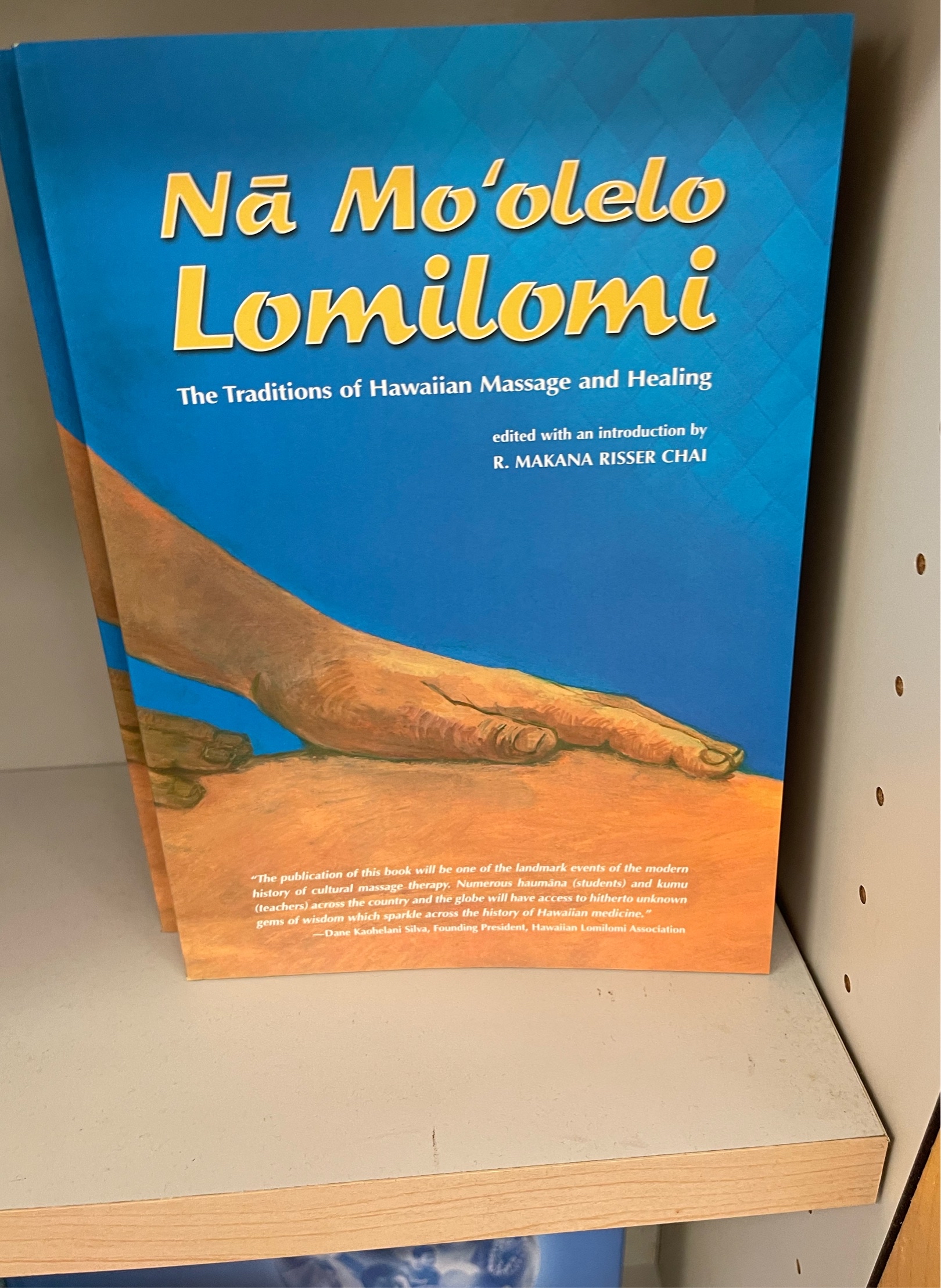
|
47188
|
|
United States
Honolulu
|
|
|
The domain is branding. The purpose how Hawaiian is used in this case is to relate the Hawaiian language to aspects of its culture such as healing traditions. The intended audience is those who are interested in Hawaiian culture. It is printed on card-stock. The implied message is to spread Hawaiian culture. This book talks about Hawaiian culture and it’s healing so those who are naturally interested in the Hawaiian language could also pick up this book and read it because language and culture go hand in hand. - CQ
|
Multilingual Hawaiʻi
|
|
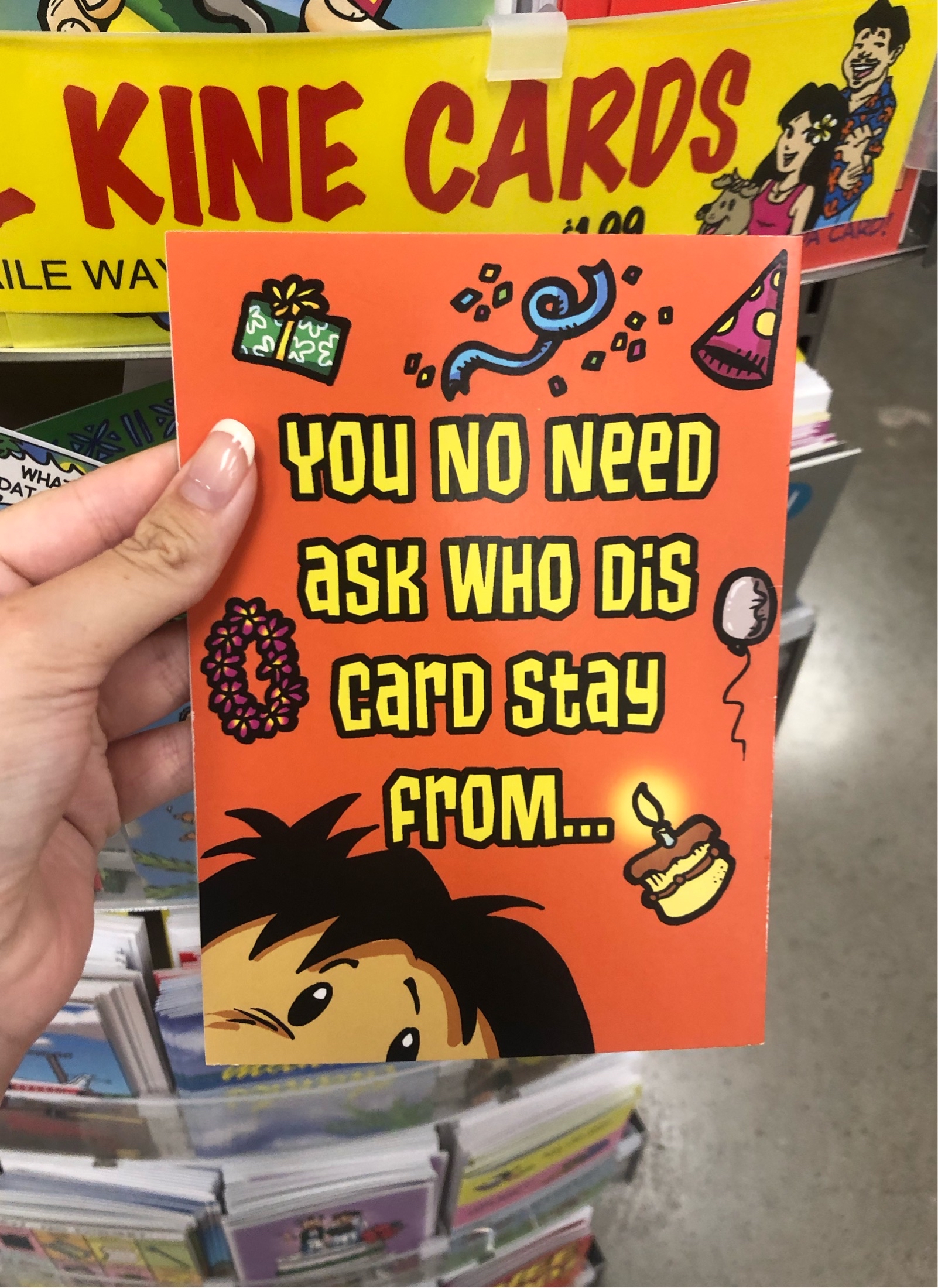
|
44117
|
|
United States
Honolulu
|
|
|
A birthday card in pidgin at target. GM
|
Multilingual Hawaiʻi
|
|
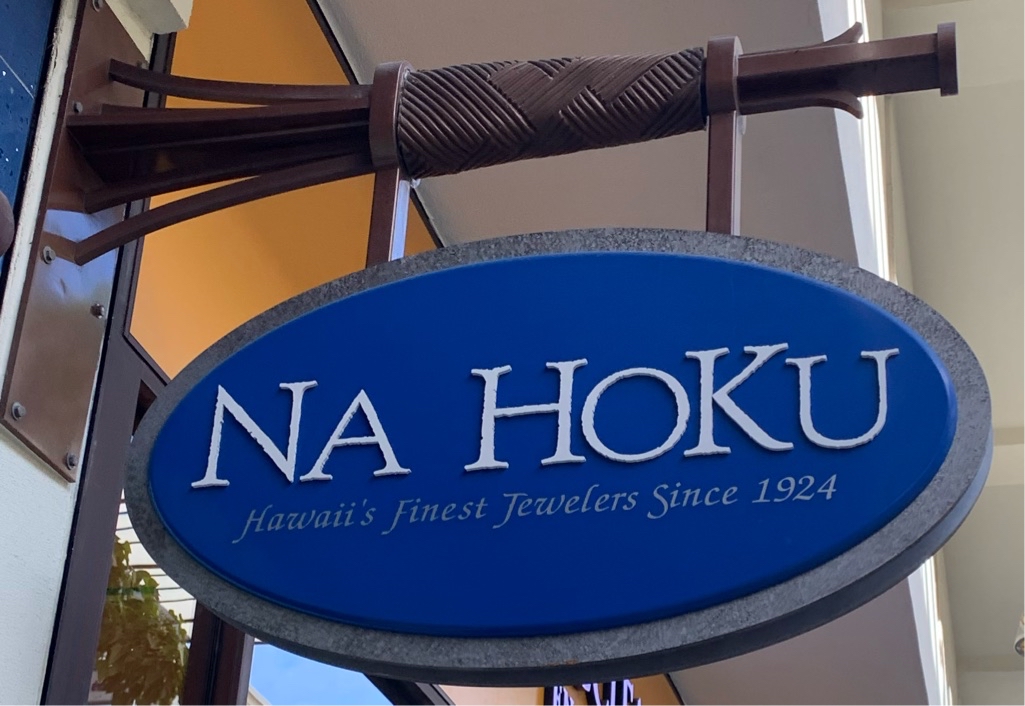
|
46165
|
|
United States
Honolulu
|
|
|
This is a store sign, permanent fixture, advertising a jewelry store, Na Hoku means stars, it’s a more local staple that’s been around for a while (since 1924) both for tourists and locals.
-NIP
|
Multilingual Hawaiʻi
|
|
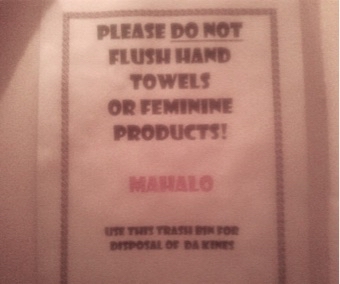
|
38998
|
|
United States
Honolulu
|
|
|
—
|
Multilingual Hawaiʻi
|
|
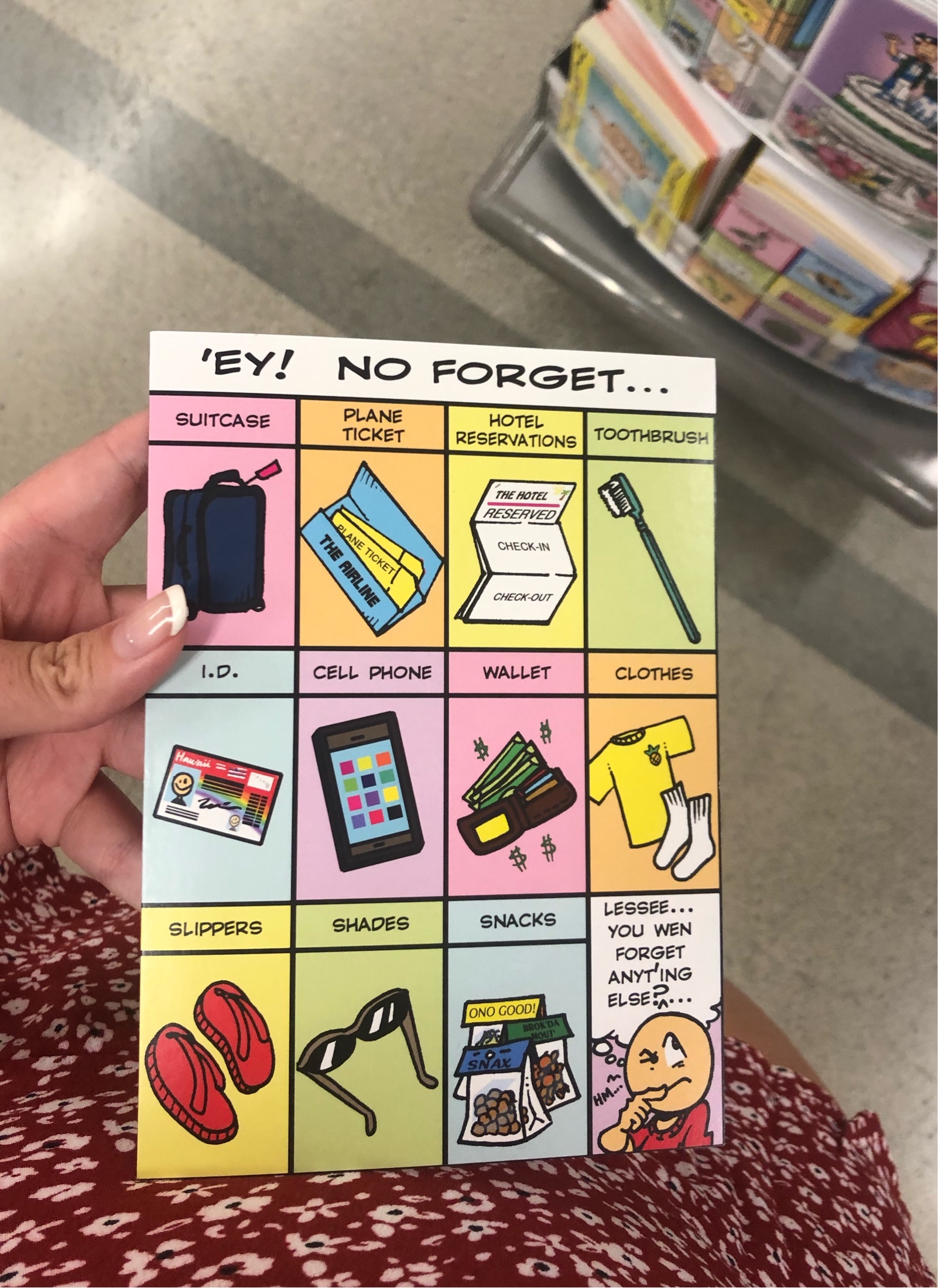
|
44118
|
|
United States
Honolulu
|
|
|
I saw another card in pidgin at target. Super cute and funny cards. GM
|
Multilingual Hawaiʻi
|
|
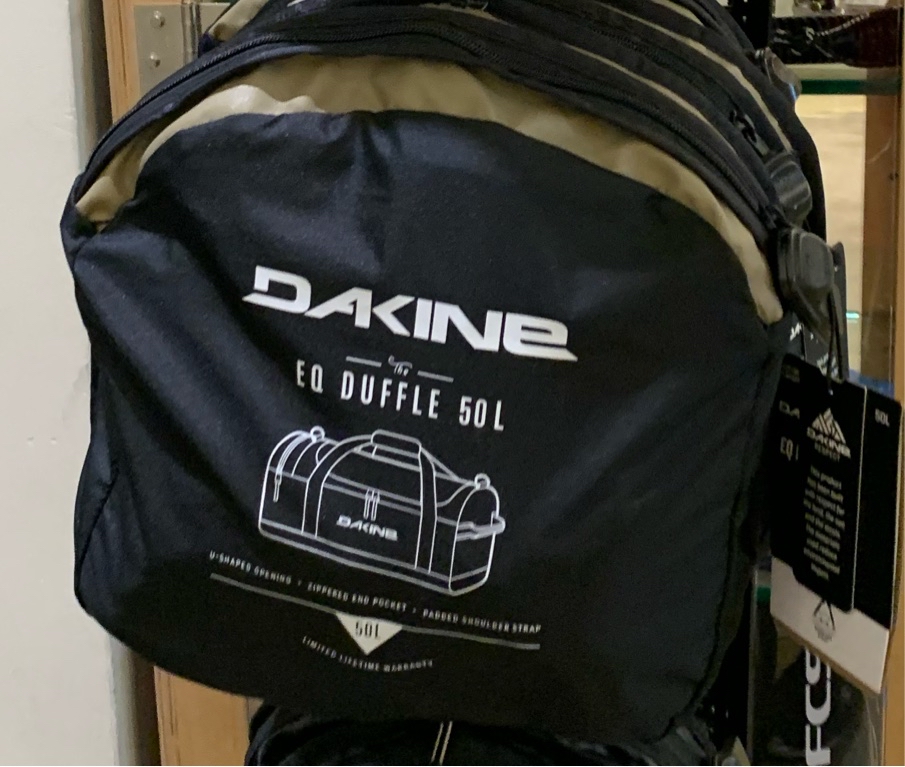
|
46166
|
|
United States
Honolulu
|
|
|
This is an example of Pidgin. It’s on a bag being sold so it’s more a commodity. I’d associate the brand Da Kine more with locals over tourists so it caters more to them. Though is accessible to both
-NIP
|
Multilingual Hawaiʻi
|
|

|
47190
|
|
United States
Honolulu
|
|
|
The domain in this photo is branding. The Hawaiian in this photo is to refer to significant places in Hawaii. For example, Mauna Loa is the name of a volcano and Hana is a place located on Maui. The intended audience is those who want to try Hawaiian-inspired ice cream flavors. It is printed on a cup-like pint. The implied message is that unlike other ice cream flavors this one is special and exclusive to Hawaii. The name of this flavor makes the audience question the connection of “Rocky Road to Hana” and the brand itself. I believe that it is just wordplay. - CQ
|
Multilingual Hawaiʻi
|
|
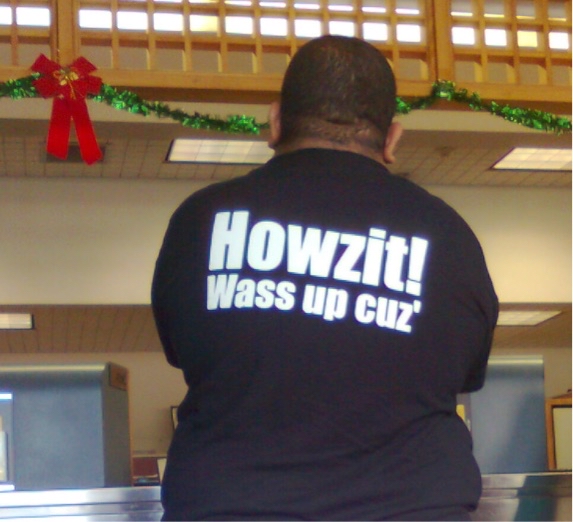
|
38999
|
|
United States
Honolulu
|
|
|
—
|
Multilingual Hawaiʻi
|
|
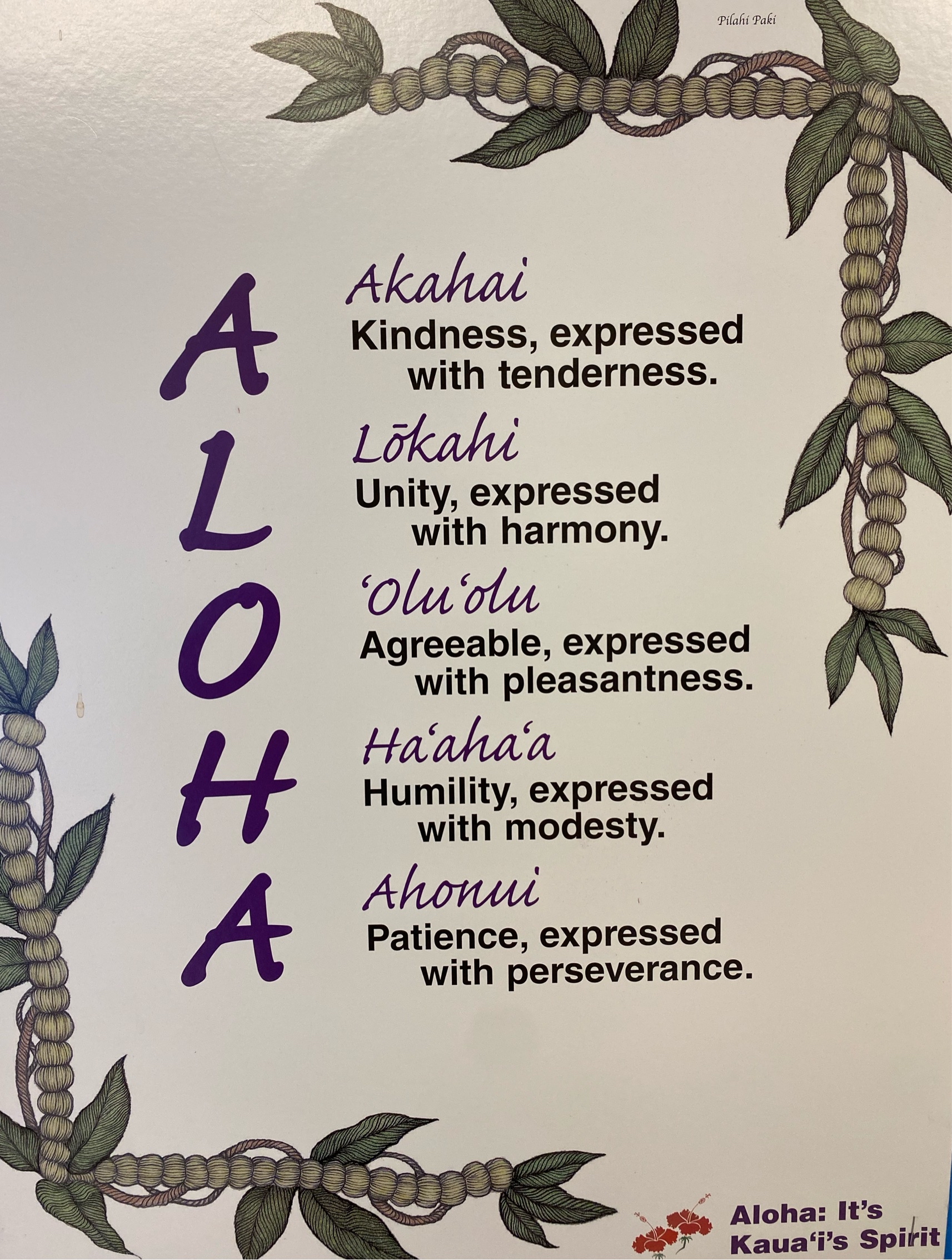
|
44119
|
|
United States
Honolulu
|
|
|
The purpose of using Hawaiian on this poster is to execute the qualities that Oahu’s DPR employees value and showcase in the work field. This is posted up in the district park of McCully. AJR
|
Multilingual Hawaiʻi
|
|
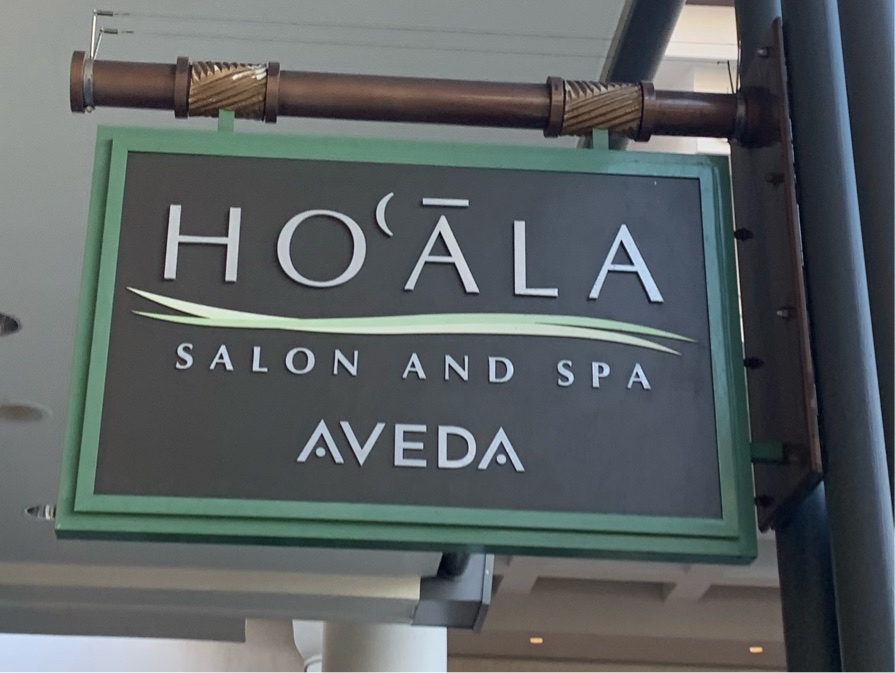
|
46167
|
|
United States
Honolulu
|
|
|
This is an example of Hawaiian. Ho’Āla meaning to awaken, rise up. It’s a sign advertising a spa so it’s more neutral in advertising to both tourists and locals.
-NIP
|
Multilingual Hawaiʻi
|
|

|
39000
|
|
United States
Honolulu
|
|
|
—
|
Multilingual Hawaiʻi
|
|
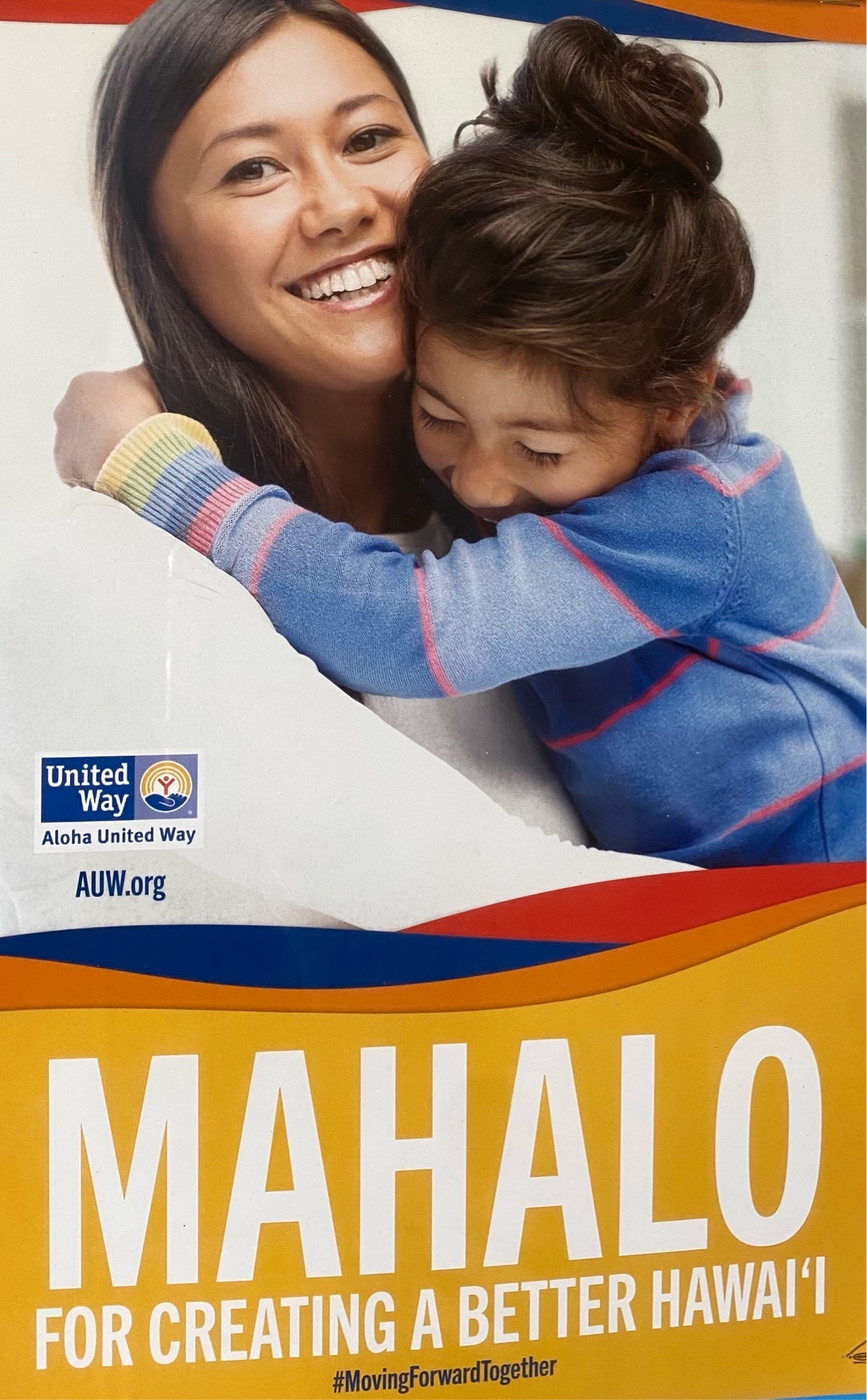
|
44120
|
|
United States
Honolulu
|
|
|
This is a poster in UHM’s Shidler building. The use of Hawaiian in this poster shows that the intended audience is the local community. It also creates a sense of “togetherness”. AJR
|
Multilingual Hawaiʻi
|
|
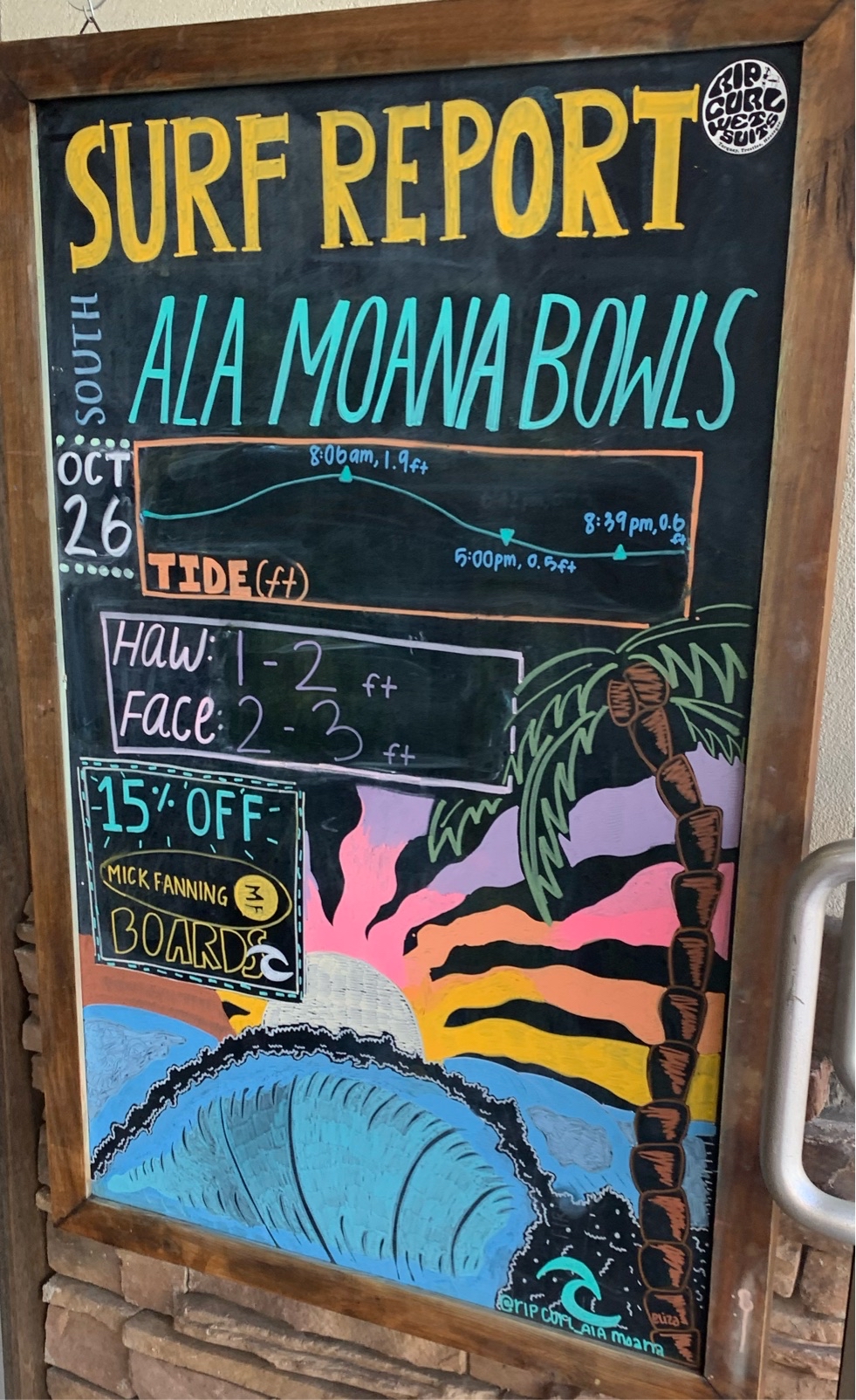
|
46168
|
|
United States
Honolulu
|
|
|
This has English, Hawaiian, and Pidgin. It’s a mock up surf report at Ala Moana Bowls which is a local spot that’s named with its Pidgin. It was outside of a clothing store so it’s probably more for tourists but has a touch of local flavor in the writing to make it more neutral.
-NIP
|
Multilingual Hawaiʻi
|
|
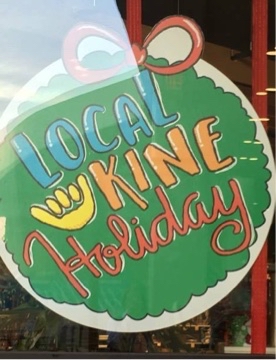
|
39001
|
|
United States
Honolulu
|
|
|
—
|
Multilingual Hawaiʻi
|
|

|
44121
|
|
United States
Honolulu
|
|
|
This is an informative poster that was on The Bus. From the context of the English words used below, I can see that the meaning of “Malama Kupuna” implies putting our elders first, especially on public transportation. This also implies that the intended audience would be the local community, along with foreigners as English is also used. AJR
|
Multilingual Hawaiʻi
|
|

|
47193
|
|
United States
Honolulu
|
|
|
The domain in this photo is branding and commodification. The purpose of using Hawaiian in this photo is to connect the sole purpose of what the book is about which is to teach/learn about Hawaiian. The intended audience is those who are interested in the Hawaiian language and want to learn it. It is printed on card-stock and paper. The implied message of the Hawaiian title directly translated means “the eight seas”. - CQ
|
Multilingual Hawaiʻi
|
|